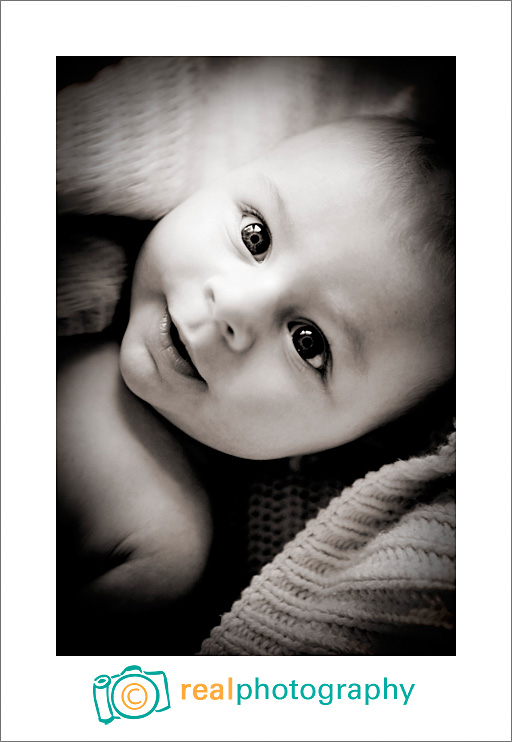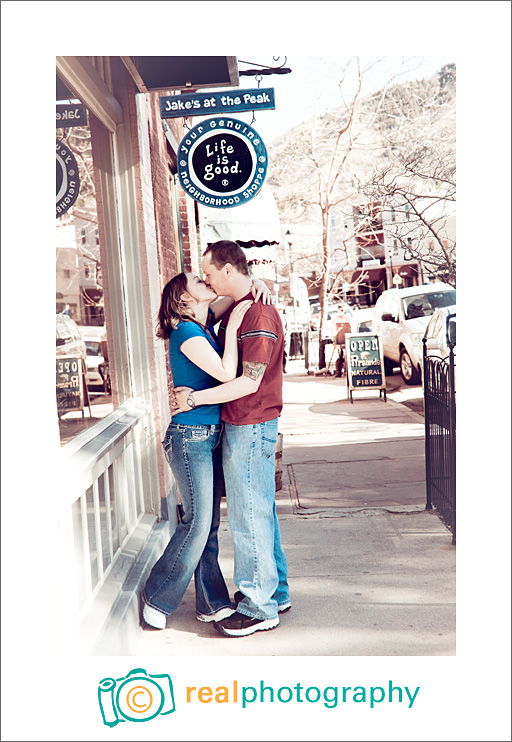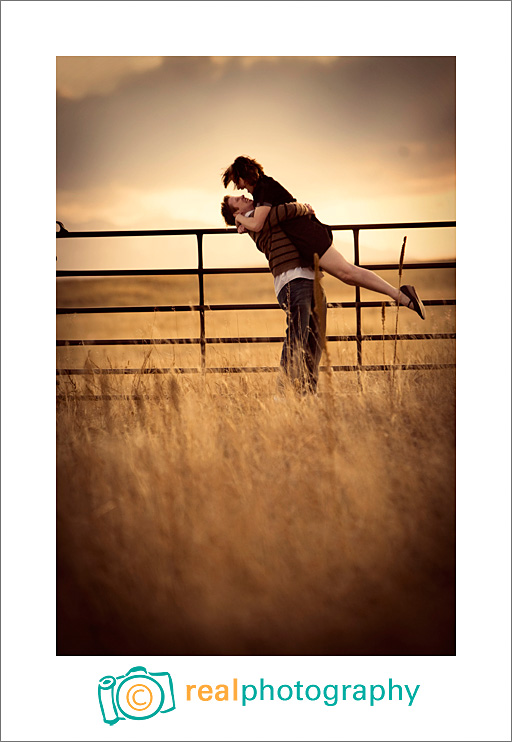Photographer's Tips: Week #7 – Prime vs Zoom Lenses
Apr 15, 2008
Most of the photographers I know have an obsession with prime lenses.
When you’re first starting out, prime lenses seem like a terrible idea. Why have a lens that just covers one focal length when you can get a zoom lens that covers many?
Convenience is the name of the game with zoom lenses.
You can’t beat the convenience of a lens that goes from wide angle to telephoto without having to make a lens change. But I am a lover of prime lenses. And here’s why:
Prime lenses only do one thing, so they do that one thing very well.
My 50mm lens only has to look at the world at a 50mm focal length, so it can do that job incredibly well. It doesn’t have to worry about 35mm or 24mm or 70mm–it only has to worry about doing the best little job that it can at 50mm.
My 24-70mm lens has a lot more to worry about. It’s got to cover 24mm, 70mm, and everything in between.
Many non-L series prime lenses are sharper than L-series zoom lenses. And when you get an L-series prime lens? Oh my, baby. The image is so sharp it could cut through streak.

Prime lenses only do one thing, so they can be cheaper.
To get excellent sharpness from a zoom lens, and a reasonably fast aperture, you have to pick up an L series zoom for over $1000k. But you can pick up a great prime lens that is very sharp and very fast (even faster than that L-series zoom lens) for $300.
Prime lenses are faster
Dollar-for-dollar, you’ll get a much wider aperture in prime lenses than zoom lenses. Wide apertures not only allow you to blur away backgrounds into prettiness, but they allow you to shoot in much darker situations (like indoor nighttime family snapshots).
Prime lenses are lighter/smaller.
This isn’t that big of a deal, but for going-to-the-park-with-Will lens, I like something that doesn’t make me look like I might also be peeking into people’s bedroom windows.

Prime lenses make me a better photographer.
I can’t really put it into words (so excuse me while I blubber like an idiot for a paragraph or two), but shooting with prime lenses requires more thought. Instead of standing where you’re standing and then zooming in and out until your composition is the way you want it to be, first you must decide on your focal length. Do you want a wide angle look? A normal look? Or a telephoto melting-of-the-background-and-compressing-the-image effect? Once you know that, you fix that focal length in and use your feet to compose the shot how you want it.
I like the way I move and think and compose shots when I shoot with prime lenses. They fit my style well. In fact, I shot 99% of my recent engagement portrait session with Julie and Marc using the 50mm and 135mm. That’s how much I love primes!
And now for the exact opposite
I use primes as my first choice, but here’s a review where the photographer’s first choice are zoom lenses. This is another case where what someone loves might not be your favorite. Give both a try and see what feels best to you!
Posted in Photographer Tips



Comments
Your photography tips are great! We beginning photogs need all the help we can get, and it's hard to get people who will share to the depth that you have. I wanted to offer a possible photography tip topic you could do in the future: third party lenses. Some people swear that some of them are just as good or better than the well-known brands. It would be great if you could do a test and share that info on your site in the future. Keep up the good work.
Brandy Apr 21, 2008 at 12:32Great article! I'm a prime-lover too.